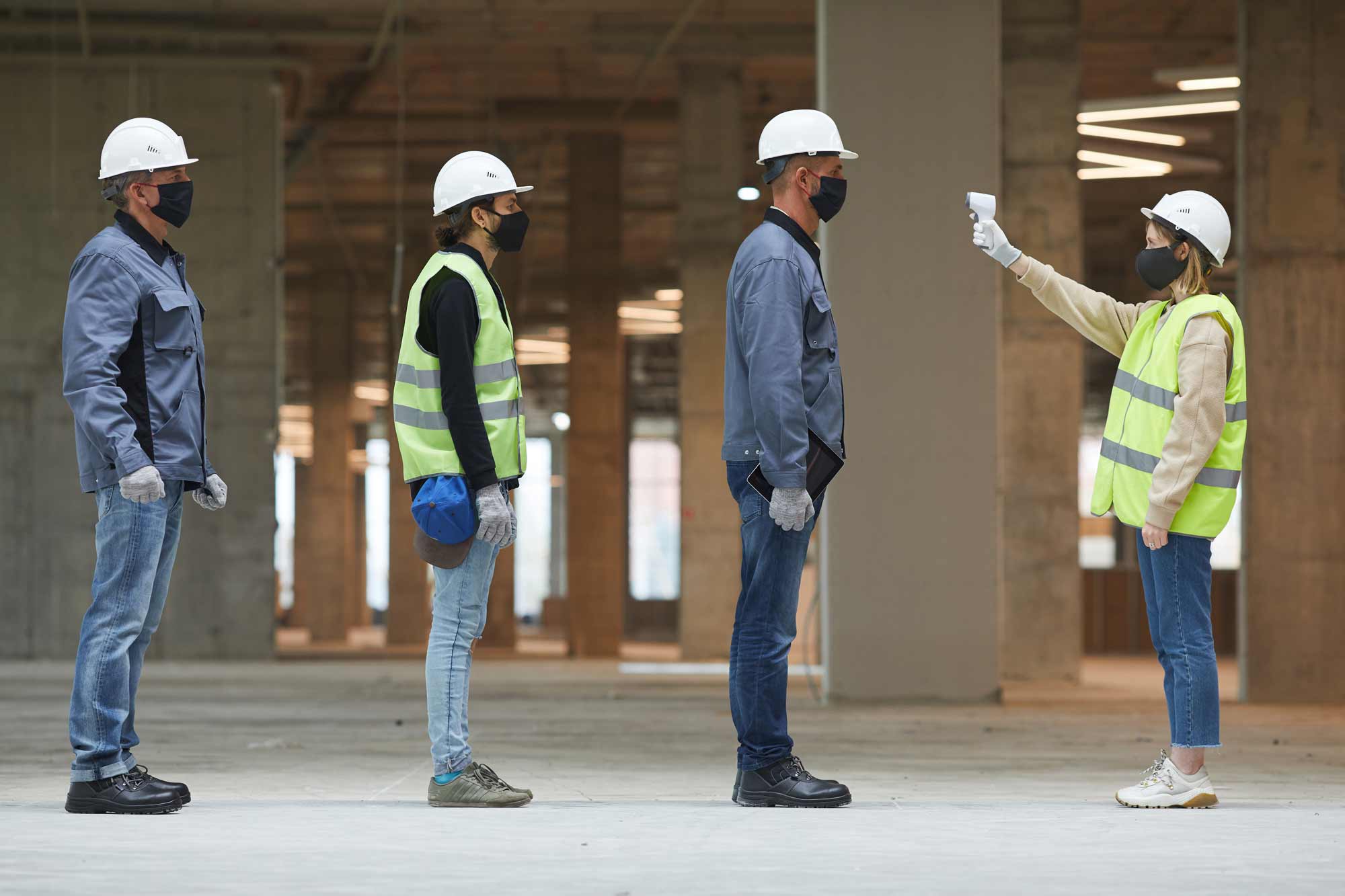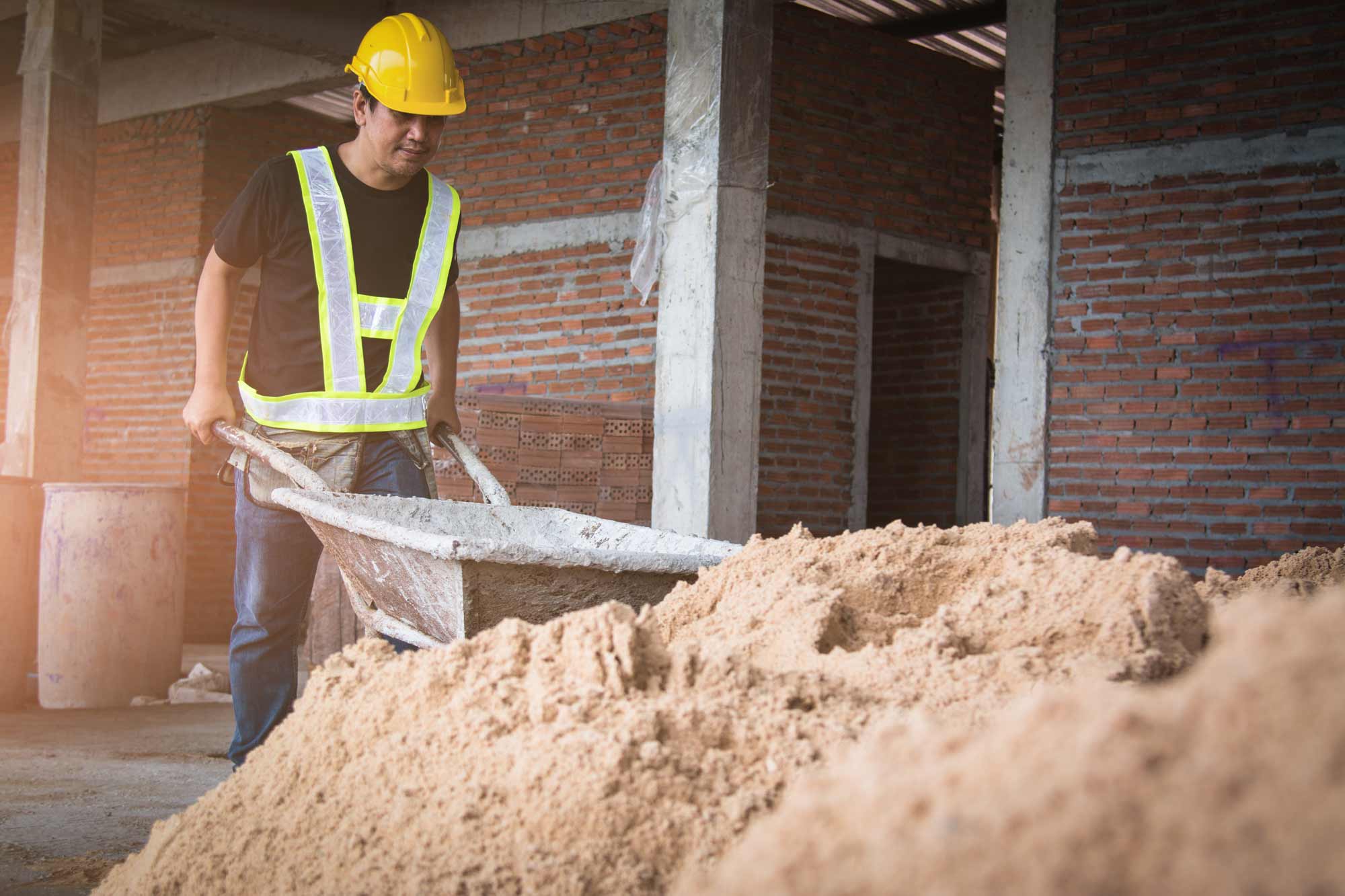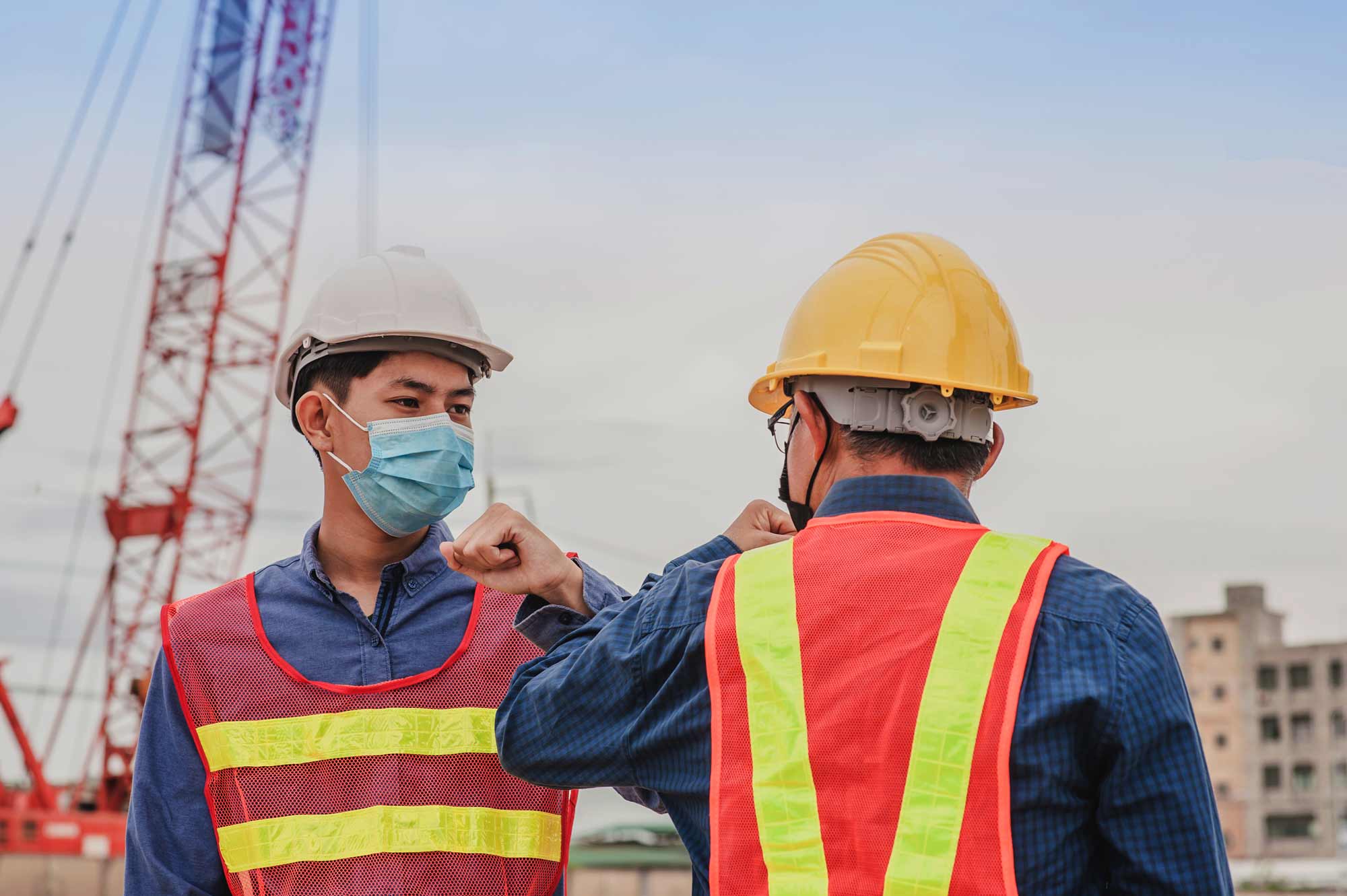As of February 2021, Malaysia is now a few weeks into its second Movement Control Order (MCO) as a result of the COVID-19 pandemic. It is unclear when the MCO will end. Even after the restrictions have been lifted, life will never be the same as pre-MCO times, especially in the construction industry.
In order to be successful, construction businesses will have to anticipate and adapt to new challenges.
Below are the top 6 challenges contractors will face post-MCO.
1. Stringent Workers’ Accommodation Requirement

Due to several COVID-19 clusters originating from construction sites and factories, the government is seriously looking into curbing the source of COVID-19 spread—workers’ accommodation.
The Workers’ Minimum Standards of Housing and Amenities (Amendment) Act 2019 (“Amended Act”) is currently enforced together with the Employees’ Minimum Standards of Housing, Accommodations and Amenities (Accommodation and Centralised Accommodation) Regulations 2020.
What does this mean for contractors?
Contractors providing workers accommodation now have stricter laws and regulations to follow. Failure to follow such law is an offence; upon conviction, contractors will be liable to a fine not exceeding RM50,000 or to imprisonment for a term not exceeding 1 year or both.
This law includes obtaining “Certificate of Accommodation” from the Director General of Labour Department Peninsular Malaysia. The provided accommodation needs to fulfill certain requirements such as:
to provide separate accommodation to employees of the opposite gender;
to take necessary preventative measures to ensure employees’ safety and well-being;
to ensure that the electrical wiring systems comply with safety requirements in accordance with the relevant written laws;
to ensure that the employees receive the necessary medical assistance where necessary;
to take preventative measures to contain the spread of infectious diseases as ordered by the Medical Officer of Health in accordance with the relevant written laws and the employer shall, at his own expense, make arrangements as ordered by the Medical Officer of Health so that all or any of the employees be given immunization against any infectious disease; and many more as listed in the Amended Act itself.
2. Price increase on raw material

The pandemic severely disrupted the global supply chain, as of February 2021, raw material prices have increased by 30-40%. Contractors that have existing projects not only will see its profit being slash but potentially risk making a loss to complete the projects.
One may ask, can contractors go back to its client and ask for the client to take up the price increment?
This depends on the contract. The majority of the construction contract will entail “no changes on contract price regardless of raw material price fluctuation”. Contractually, contractors may not be able to ask for more money as a result of raw material price fluctuation.
3. Mandatory QLASSIC

In 2017, the Quality Assessment System in Construction (QLASSIC) was formed in a bid to measure quality within the sector. In 2019, the Works Ministry reiterated its commitment to making the QLASSIC certification mandatory for all upcoming developments by 2020, as outlined in the National Housing Policy 2.0 (NHP 2.0). This plan was partly disrupted by MCO, but soon enough, QLASSIC will be mandatory in all construction projects.
Stricter regulations will also be introduced to reduce accidents and injuries during projects. This will include ensuring all contractors who are bidding for projects will account for the extra cost needed to meet with health and safety requirements in their estimates.
In other words, contractors will face higher cost to do business.
4. Competition With Foreign Contractors

Beginning in 2009, our government began removing restrictions on foreign equity participation in various construction-related industries. As a consequence, this has attracted lots of foreign investors, especially those from China. Statistics by the Malaysian Investment Development Authority (MIDA) showed that China has taken over Singapore’s rank as the biggest investor in Malaysian real estate.
However, the attention from China has also paved way to an increase in foreign competition, stirring up unease in Malaysia’s construction markets. Based on the Construction Industry Development Board’s (CIDB) statistics, local contractors’ market share in value had consistently fallen year-on-year from 94% to 78% from 2006 to 2014.
“Of late, we are seeing more participation from Chinese contractors in the Malaysian market either directly or through joint ventures with local contractors. In our view, we think the edge that Chinese contractors have over other foreign contractors as well as our local ones is access to funding, cheaper labour, access to materials and fast turnaround construction period,” AllianceDBS Research opined.
The presence of Chinese contractors has sparked mixed views, no doubt forcing local contractors to become more competitive, driving many to up their game in efficiency and productivity. Some regard these foreign contractors as a threat because it is tough to compete with cash-loaded Chinese contractors. Not only are they richer than most contractors in Malaysia, but they also bring in materials and labour in droves from China, leaving many local contractors at a loss.
5. Shortage of Skilled Labour
As a result of the pandemic, many countries have closed their borders, making it harder to import skilled labour. Malaysian contractors rely heavily on foreign labour, so with the shutdown of the source of labour, the cost of labour has driven up as the country now faces a shortage of labour.
The ability to attract and retain the best talents always provides a company with a competitive advantage. But if this skilled labour shortage continues, contractors will be increasingly challenged to maintain superiority over competitors in the industry.
6. Technology Adoption
As businesses scramble to ensure their employees continue working, technology adoption has sped up within the construction industry. Most sectors, construction included, have also started practicing the work-from-home (WFH) concept. With employers and employees adapting to this new normal, it has become apparent that the WFH concept is here to stay even after MCO. One of the ways companies adapt to this new working condition is by adopting the necessary technology, including cloud-based software, integrated collaboration, and mobile project management.
In construction specifically, we will see a higher adoption rate of the use of building information modelling (BIM), industrial building system (IBS), laser scanning, and machine automation. BIM and IBS are becoming more commercially affordable.
Recognizing the contractors’ increasing need for technology specifically catered to the industry, Speedbrick offers several products for construction management, allowing contractors to manage their team and site efficiently in real-time, without needing to be on-site all the time.
The exorbitant upfront cost for technology adoption may not seem to be worthwhile in the beginning, but it is necessary and will be more cost-effective in the long run as multiple processes will be streamlined.
In a nutshell, the upcoming events/trends show that it will be tougher to be a contractor in the near future. It would be wise to prepare the business to be recession-proof, or at the very least, to be able to weather the challenging times ahead. However, businesses that successfully navigate this storm will be better equipped to capitalise on the recovery. Efficiency gained through the hard times would make businesses be more resilient and efficient; strengthening them for robust long term expansion.
See Speedbrick in action
Schedule a free demo with us to see how we have served projects worth more than RM13.2b, and achieved 99% client satisfaction along the way.




